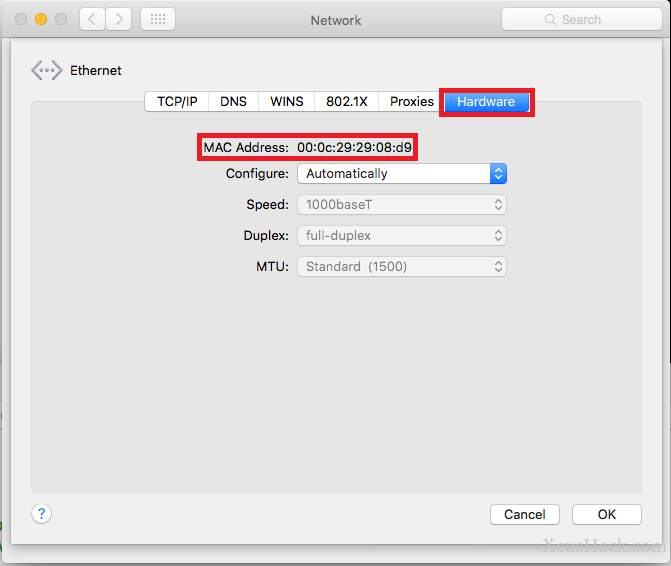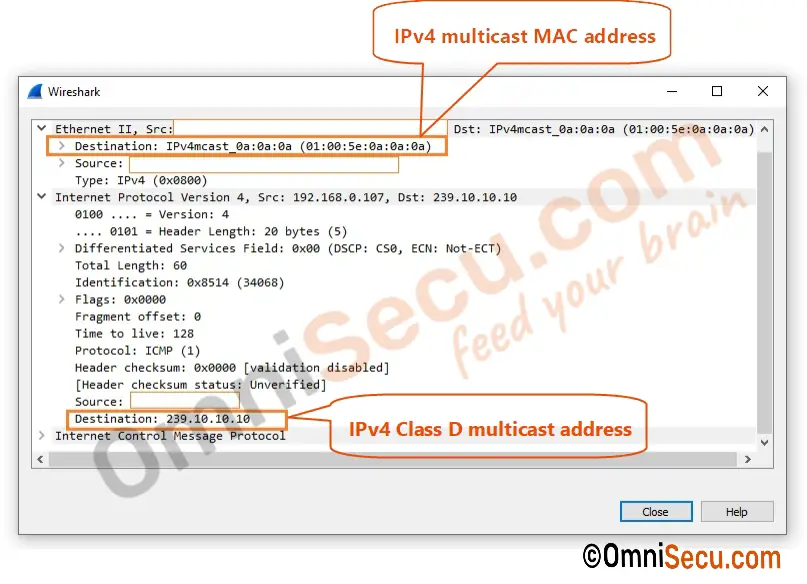

On that level, you can make an analogy such as 'an IPv4 /16 uses half the bits for the network address and half the bits for the host address, that's like a /64 in IPv6'. So, the interface ID will be 02BB:CCFF:FEDD:1122. From a low level perspective of how addressing and routing works, the prefix length has the same meaning in IPv6 and IPv4. Next, the router will insert FFFE in the middle of the address listed above: This will result in the following hexadecimal address: Well, the router will first flip the seventh bit from 0 to 1. Invert the seventh bit of the interface ID.įor example, if the MAC address of a nework card is 00:BB:CC:DD:11:22, the interface ID would be 02BBCCFFFEDD1122. Insert FFFE in between the two, making the interface ID.ģ. Split the MAC address in two halves (6 hex digits each).Ģ. Here are the rules that a router uses to create the interface ID:ġ. Often, the host portion of an IPv6 address (or part of it) will be derived from a MAC address or other interface identifier. The interface ID created this way is known as the modified extended unique identifier 64 (EUI-64).


Also, the 7th bit in the first byte is flipped to a binary 1. An interface ID is created by inserting the hex number FFFE in the middle of the MAC address of the network card. The second part of an IPv6 unicast address (used to identify a host’s network interface) is usually a 64-bit interface identifier.


 0 kommentar(er)
0 kommentar(er)
